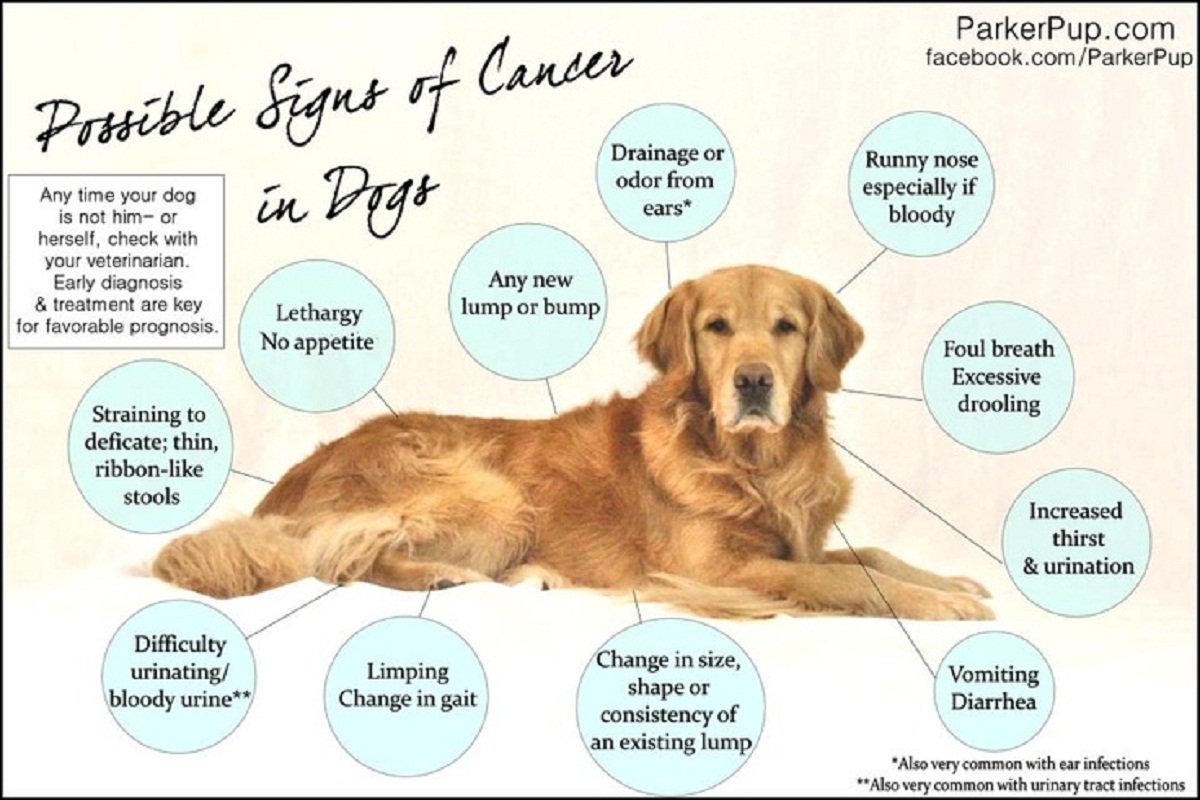The bond between humans and dogs is ancient and profound, built on loyalty, companionship, and unconditional love. So when our furry friends face health challenges, it feels deeply personal. One such challenge, unfortunately becoming increasingly common, is cancer, and specifically, cancer affecting a dog's paw.
Seeing a change in your dog's paw, perhaps a lump, a sore that doesn't heal, or even limping, can be alarming. It's important to remember that while these could be signs of cancer, many other less serious conditions can present similarly. This is why a prompt visit to the veterinarian is crucial for accurate diagnosis and to discuss the best course of action.
Cancer, in its simplest definition, is the uncontrolled growth of abnormal cells. In a dog's paw, this could manifest in several ways, each with its own set of characteristics and potential treatments. Some common types of paw cancer in dogs include melanoma, squamous cell carcinoma, and mast cell tumors. Each of these cancers behaves differently, spreading and growing at varying rates.
Diagnosing cancer on a dog's paw is a multi-step process. It begins with a thorough physical exam where your vet will palpate the affected area and assess your dog's overall health. Depending on their initial findings, they may recommend further tests. These could include X-rays to check for bone involvement, fine-needle aspiration to collect cell samples, or a biopsy, considered the gold standard for definitive diagnosis.
The treatment approach for canine paw cancer is as varied as the types of cancer themselves. Factors like the type of cancer, its stage or how far it has spread, your dog's age and overall health, and your own personal circumstances will all play a role in determining the best course of action. Treatment options may range from surgery to remove the tumor, to radiation therapy, chemotherapy, or a combination of these approaches. In some cases, palliative care focused on managing pain and improving quality of life might be the most appropriate choice.
While facing a cancer diagnosis in your beloved pet is never easy, knowledge is power. Understanding the potential signs, the diagnostic process, and the range of treatment options available can help you navigate this challenging journey with greater confidence. It's important to remember that veterinary medicine has made significant strides in cancer treatment, and there is always hope, even in the face of difficult diagnoses.
Facing Paw Cancer: Frequently Asked Questions
Navigating a cancer diagnosis for your furry friend is undoubtedly challenging. Here are answers to some common questions you might have:
1. What are the early signs of paw cancer in dogs?
Be attentive to any swelling, lumps, sores that don’t heal, bleeding, or limping. Changes in your dog's gait or reluctance to put weight on the affected paw are also red flags.
2. Is paw cancer in dogs painful?
While not always present in the early stages, paw cancer can become painful as it progresses. Observe your dog for signs of pain, such as whimpering, licking the area excessively, or changes in behavior.
3. How is paw cancer in dogs diagnosed?
Diagnosis typically involves a physical exam, X-rays to check for bone involvement, and often, cytology (examining cells) or biopsy for a definitive diagnosis.
4. What are the treatment options for paw cancer in dogs?
Treatment depends on the type and stage of cancer but may include surgery, radiation therapy, chemotherapy, or a combination of these. Palliative care is also an option to maintain quality of life.
5. What is the prognosis for dogs with paw cancer?
The prognosis varies greatly depending on the type of cancer, its stage, and your dog's overall health. Your veterinarian is the best resource for a prognosis specific to your dog's situation.
6. What can I do at home to help my dog with paw cancer?
Follow your vet's instructions carefully and provide a comfortable and supportive environment. Monitor for any changes in your dog's condition and maintain regular communication with your veterinary team.
7. Are there any alternative therapies for paw cancer in dogs?
While some pet owners explore alternative therapies, it's crucial to discuss these with your veterinarian to ensure they complement traditional treatments and don't pose any risks.
8. Where can I find more information and support?
Reputable online resources like the American Veterinary Medical Association (AVMA) and the Veterinary Cancer Society offer valuable information. Don't hesitate to connect with support groups for pet owners facing similar challenges.
Witnessing your canine companion confront a health challenge like cancer is undeniably difficult. Yet, amidst this journey, remember that you are not alone. Armed with knowledge, guided by compassionate veterinary care, and supported by the unwavering bond you share with your dog, you can navigate this path with resilience and provide your furry friend with the care and comfort they deserve.
A Tumor On A Dog's Paw: Is it Cancer or Not? - Trees By Bike
Dog Cancer Symptoms You Should Be Aware Of - Trees By Bike
5 Common Cancers in Dogs and How to Spot the Signs - Trees By Bike
What Is Melanoma in Dogs and How To Treat It? - Trees By Bike
Why Is My Dog S Back Flat at Angela Knight blog - Trees By Bike
Dog Won't Stop Licking Top Of Paw at Theodore Reid blog - Trees By Bike
cancer on dog paw - Trees By Bike
What Is This Black Growth on My Dog's Paw? What to Do - Trees By Bike
What Is The Lump On My Dogs Paw - Trees By Bike
Cancer Symbol and Dog Paw Graphic by Mahak Arts · Creative Fabrica - Trees By Bike
How Long Will My Dog Live With Squamous Cell Carcinoma - Trees By Bike
Dog Skin Cancer Types - Trees By Bike
What Cancer Looks Like On A Dog - Trees By Bike
Can Dogs Get Skin Cancer? - Trees By Bike
How Long Do Dogs Live With Melanoma - Trees By Bike














